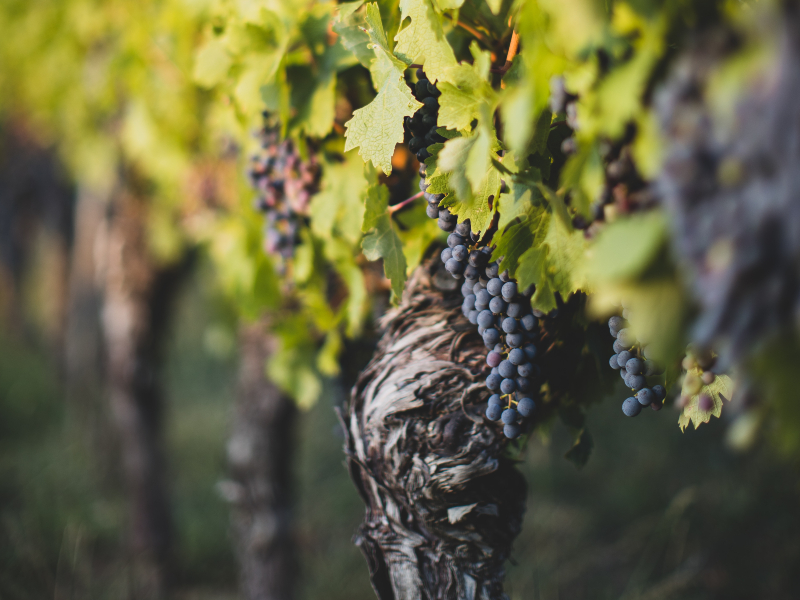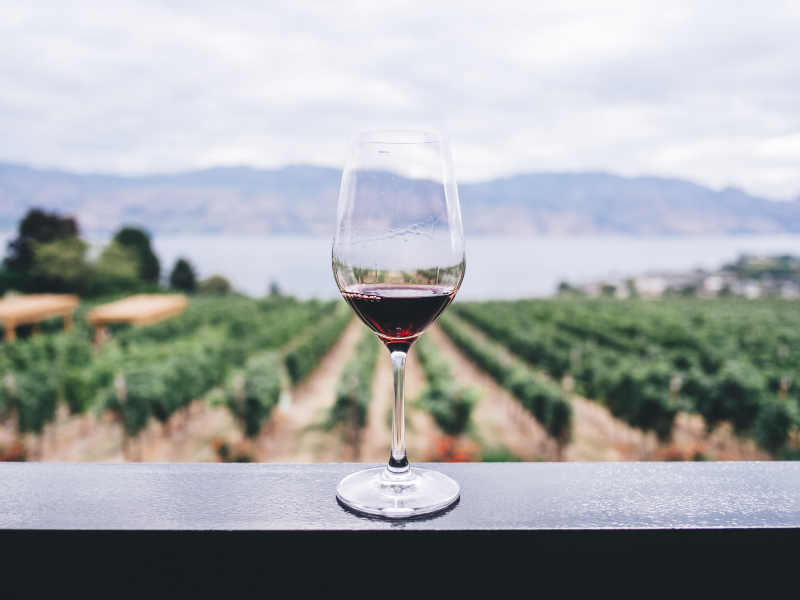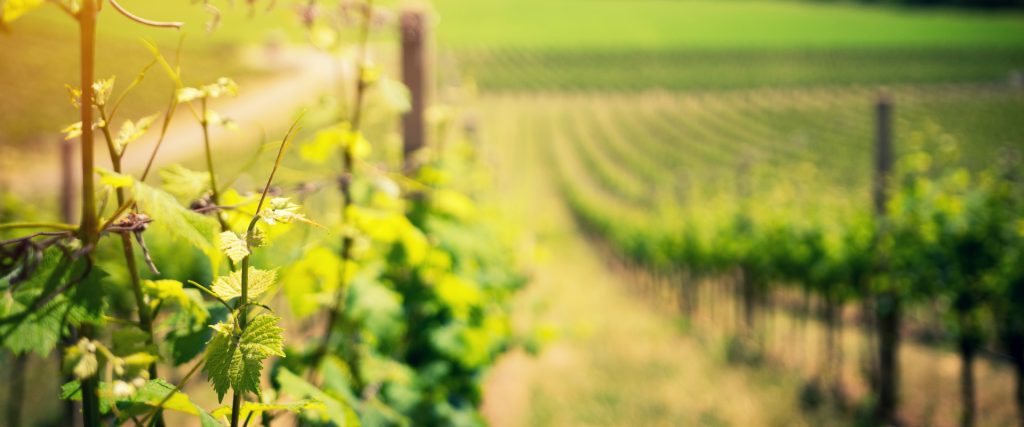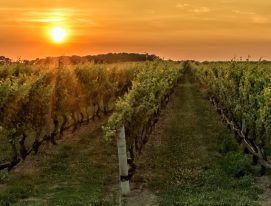The news took the Argentine wine industry by storm and will undoubtedly have repercussions further afield: it’s the first time a country has ever carried out a study on this scale about wine regions. An initiative by Coviar, the Argentine Wine Corporation, has studied the key physical and environmental variables such as geology, soils, the climate and the landscape, of wine regions across the provinces of Mendoza, San Juan, Salta and Tucumán.
Categorizing wine regions

The study, which began in 2020 and is intended to span the entire country, is run by the geo-physicist Guillermo Corona who worked closely with specialists from expert bodies such as INTA, the Universidad Nacional de Cuyo and CONICET. All this information, which had previously been scattered across different sources, has been brought together under the initiative to provide a valuable work of reference available for free online at the websites Observatorio Vitivinícola Argentino and the Plan Estratégico Vitivinícola.
What is the importance of this study to producers and anyone interested in the area? It categorizes, for the first time in history, the different wine regions of Argentina in a comprehensive manner, providing in-depth analyses of its different terroirs and offering hard data on over 200,000 hectares of vineyard.
This information, for example, will help producers decide on which varieties to grow and how to manage their vines across the different wine regions. But it isn’t just an overwhelming collection of numbers and abstract data: the study includes landscapes and emotional connections to the earth, photographic images, and personal histories and accounts. This means that it encompasses both nature and culture, offering a comprehensive approach of previously unprecedented dimensions. The fact is that the proper assessment and appreciation of viticultural landscapes is one of the key factors when it comes to promoting wine regions and their identities.
Cecilia Eynard, one of the professionals who presented the work, believes that “The study adds a dimension in which nature and culture are one and the same. Through a reading that gathers and summarizes the complexity of viticultural landscapes, distinctive characteristics and essences emerge related to the places, their people, and working values. The information was chosen with a view to prioritizing management methods to ensure the future of these landscapes.”
Across the country

Even more promisingly, the authors of the study – which was financed by the International Development Bank and presented at a Seminar on Categorizing Wine Regions held at the Temple of Wine in San Martín, Mendoza, in early September say that the medium-term goal is to expand the project to encompass the entire country. This will be the next stage with the help of the Federal Council of Investment (CFI) and will position Argentina as a world leader in viticultural research.
During the Seminar, advice was shared about different ways to make use of the 1500 data sets about the soils, climate and landscapes of these regions. Corona notes that the database “is being enriched from a digital repository which now has information about 15 wine-producing valleys. The scale is unprecedented for a study like this.” José Zuccardi, winery owner and Vice-President of Coviar, is profoundly grateful to the professionals who carried out this new categorizing research. “Wine is identity, place and experience. These studies give us the tools to continue our long-term planning and are enriched by contributions from everyone to an open, shared website from which we can better promote our wine.”



